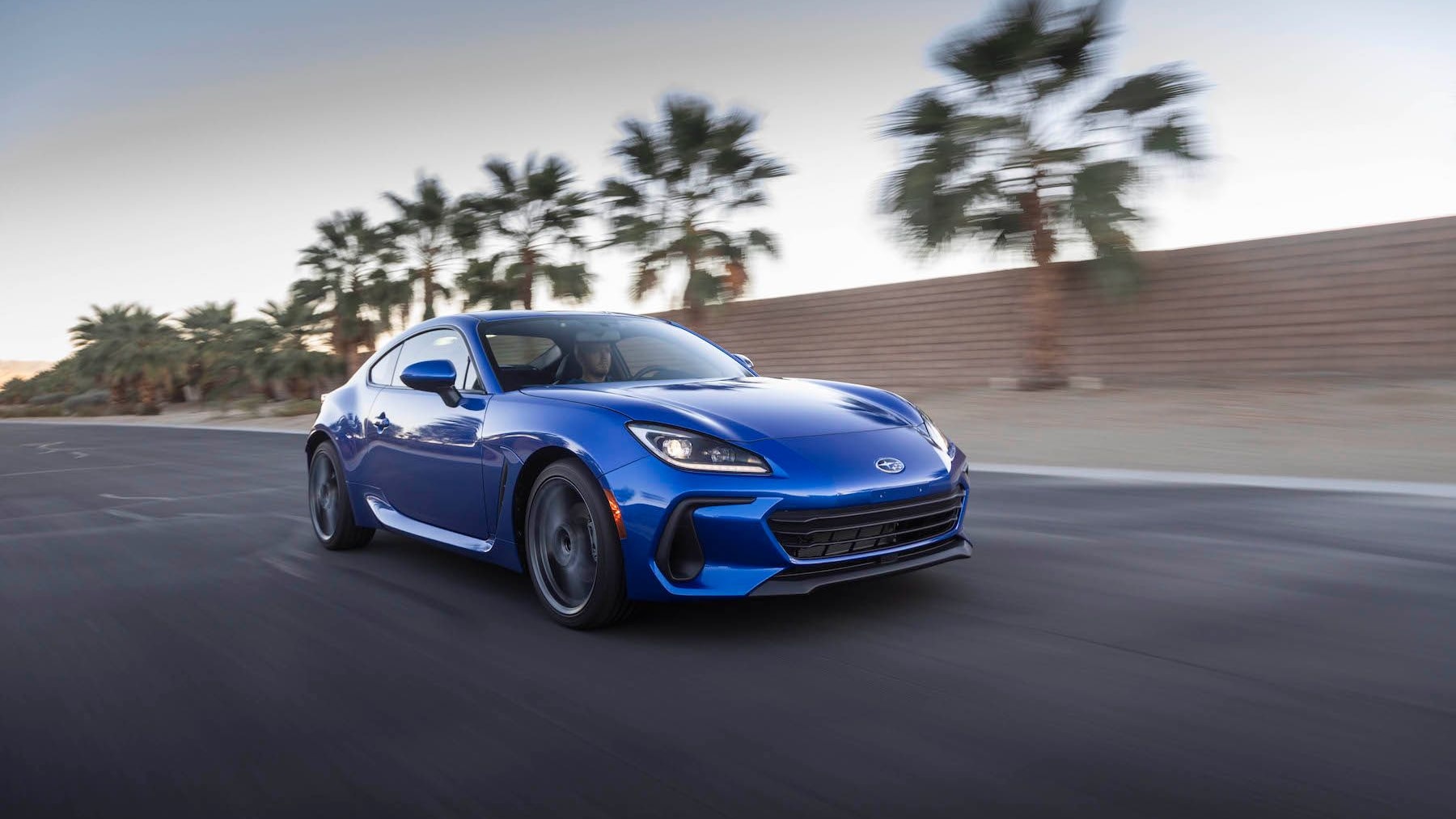The Mazda Miata remains a go-to choice for those seeking a no-frills driving experience today. Over four generations, the Miata may have gained and lost various facets of itself, but it's always been a fun-to-drive sports car on a budget. But, where did it all begin?
Thanks to Donut Media, we have everything we'd ever want to know about the birth of the Mazda Miata. And, in fact, the Miata truly was a spiritual successor to British roadsters. In 1976, Bob Hall, a Motor Trend contributor at the time, met with Mazda and the automaker asked him what he'd like to see from the company. Hall wanted a new roadster with inspiration from the British cars of the past, but complete reliability. British cars weren't always known for their dependability, you may have heard.
At the time, Mazda said "thanks, but no thanks." In 1981, Hall returned to Mazda as the chief product planner for the company's U.S. operations. To Hall's delight, Mazda gave Hall the OK for his earlier idea. Mazda pitted design proposals from both the United States and Japan in a process called the "offline 55 project." Not a codename, "offline 55 project" was actually the practice of Mazda pitting its operations against one another, which it still carries out today.
Hall brought on Mark Jordan to head the project, who ran General Motors' Opel division at the time and Mazda cemented what would become the Miata: an affordable two-seater with a front-engine, rear-wheel drive layout, and 50/50 weight distribution. The automaker introduced the Miata at the 1989 Chicago Auto Show and its popularity boomed shortly thereafter. Dealers were met with multi-page wait lists for the car.
Now in its fourth-generation, the ND Miata still encompasses the traditional elements so many fell in love with nearly 30 years ago. And for lucky owners in Japan, Mazda even started a factory restoration program for the original roadster.


